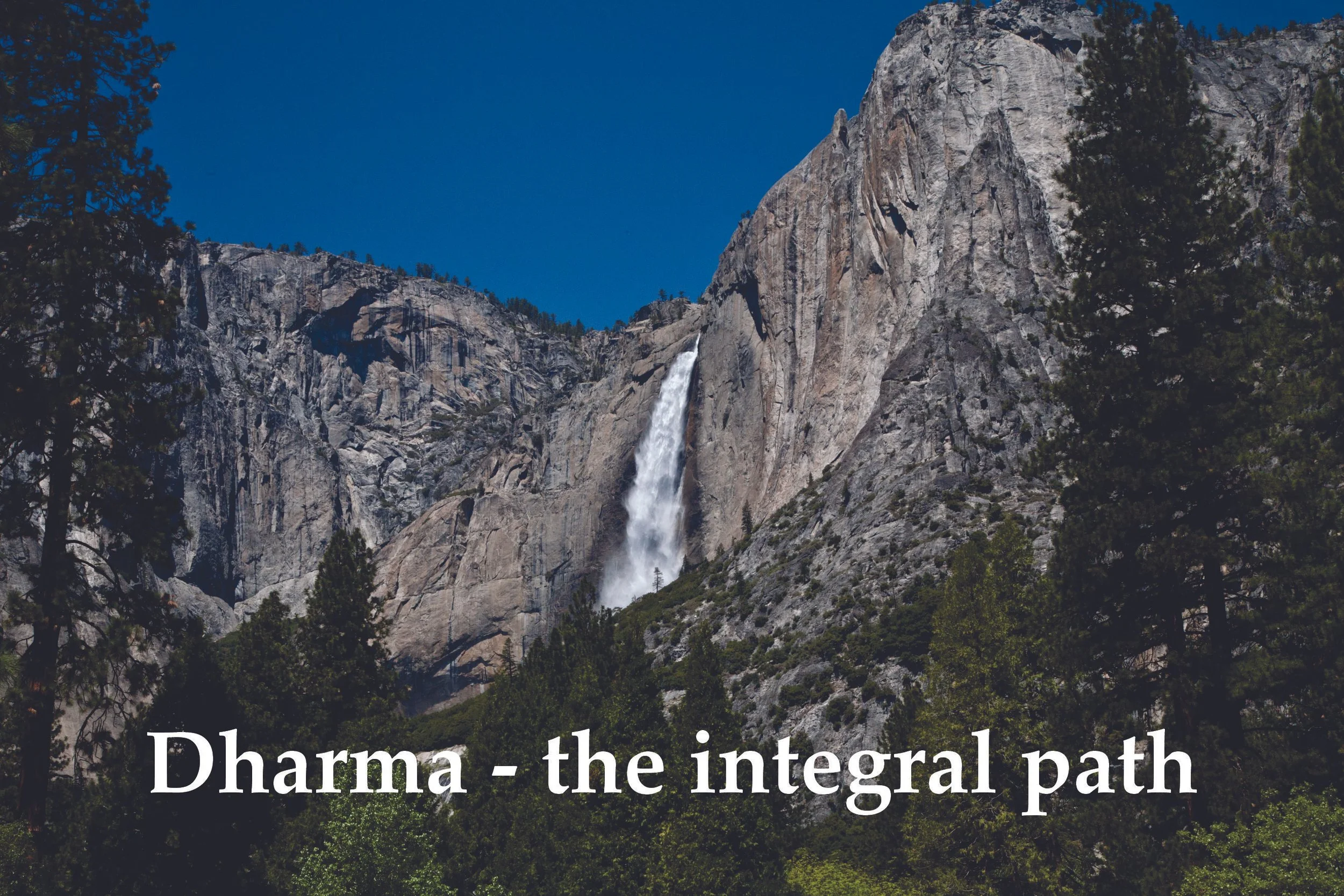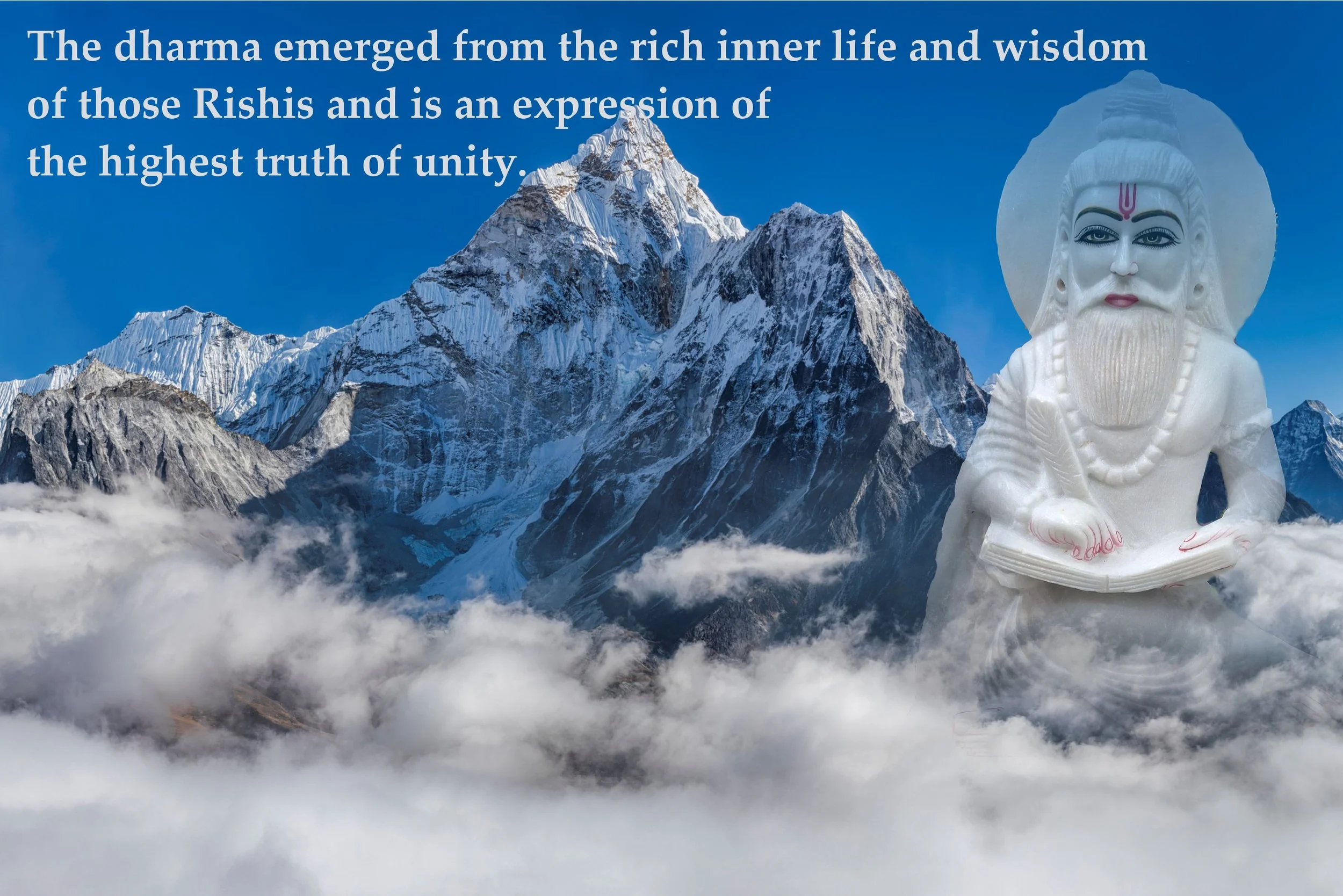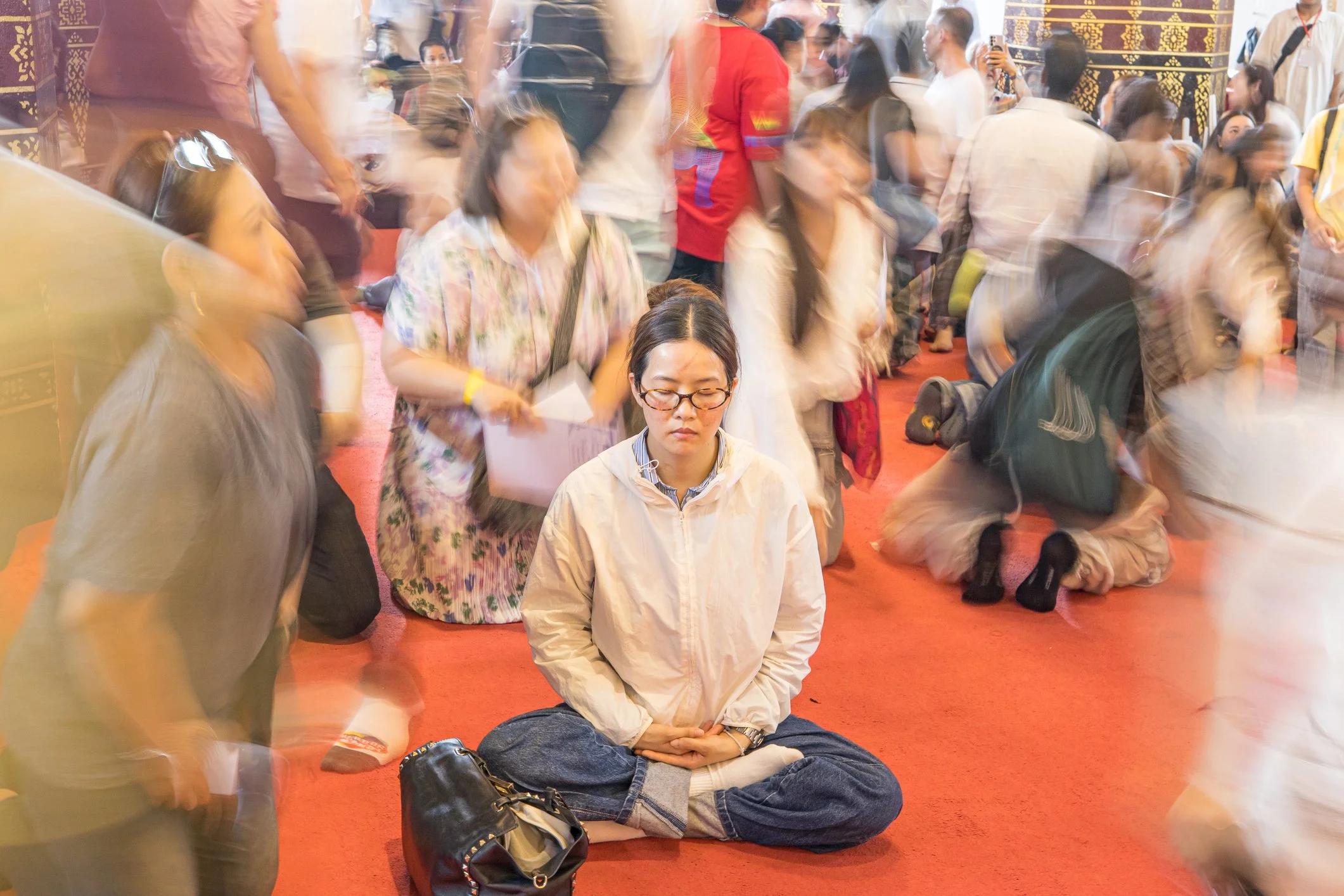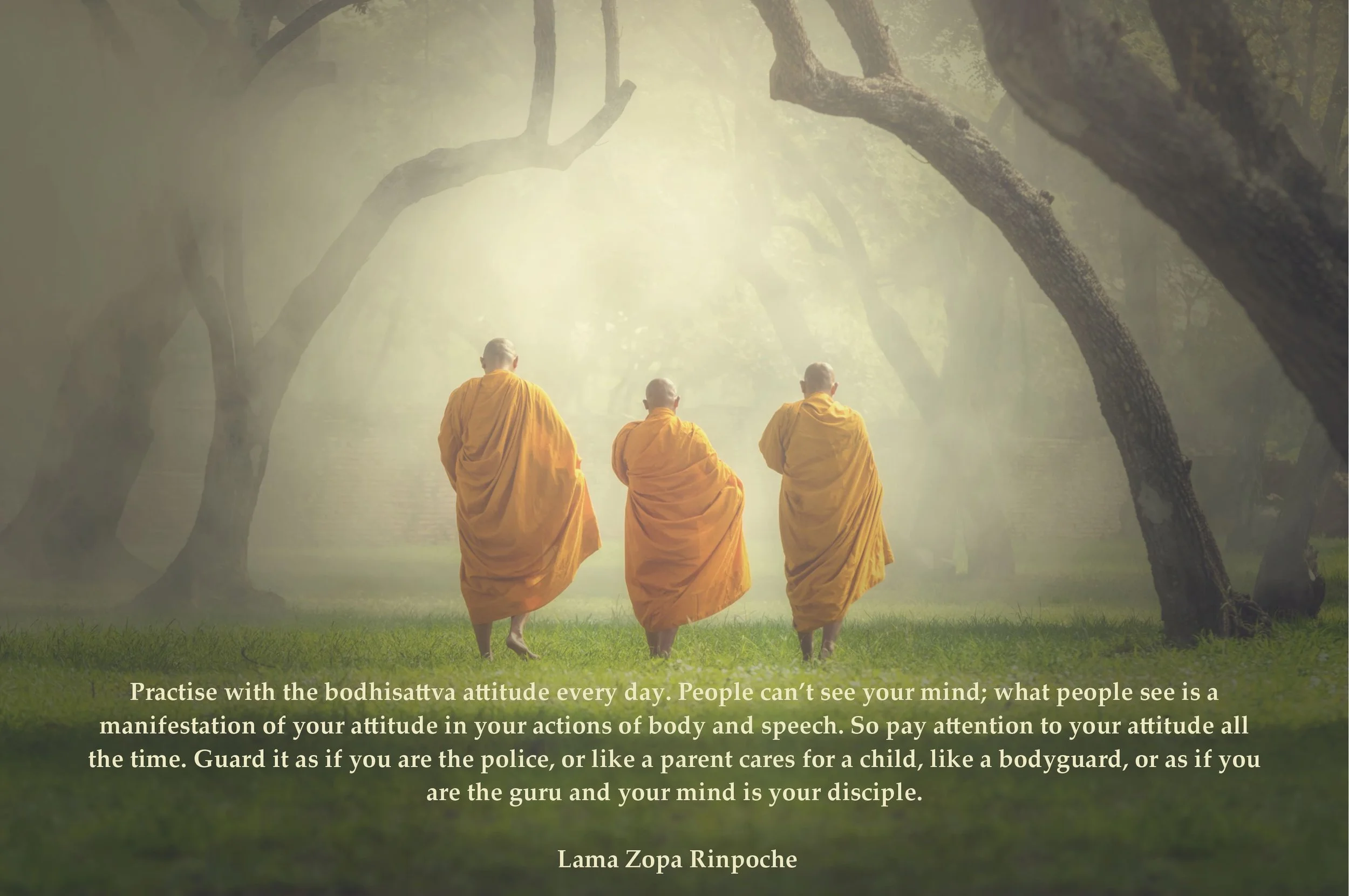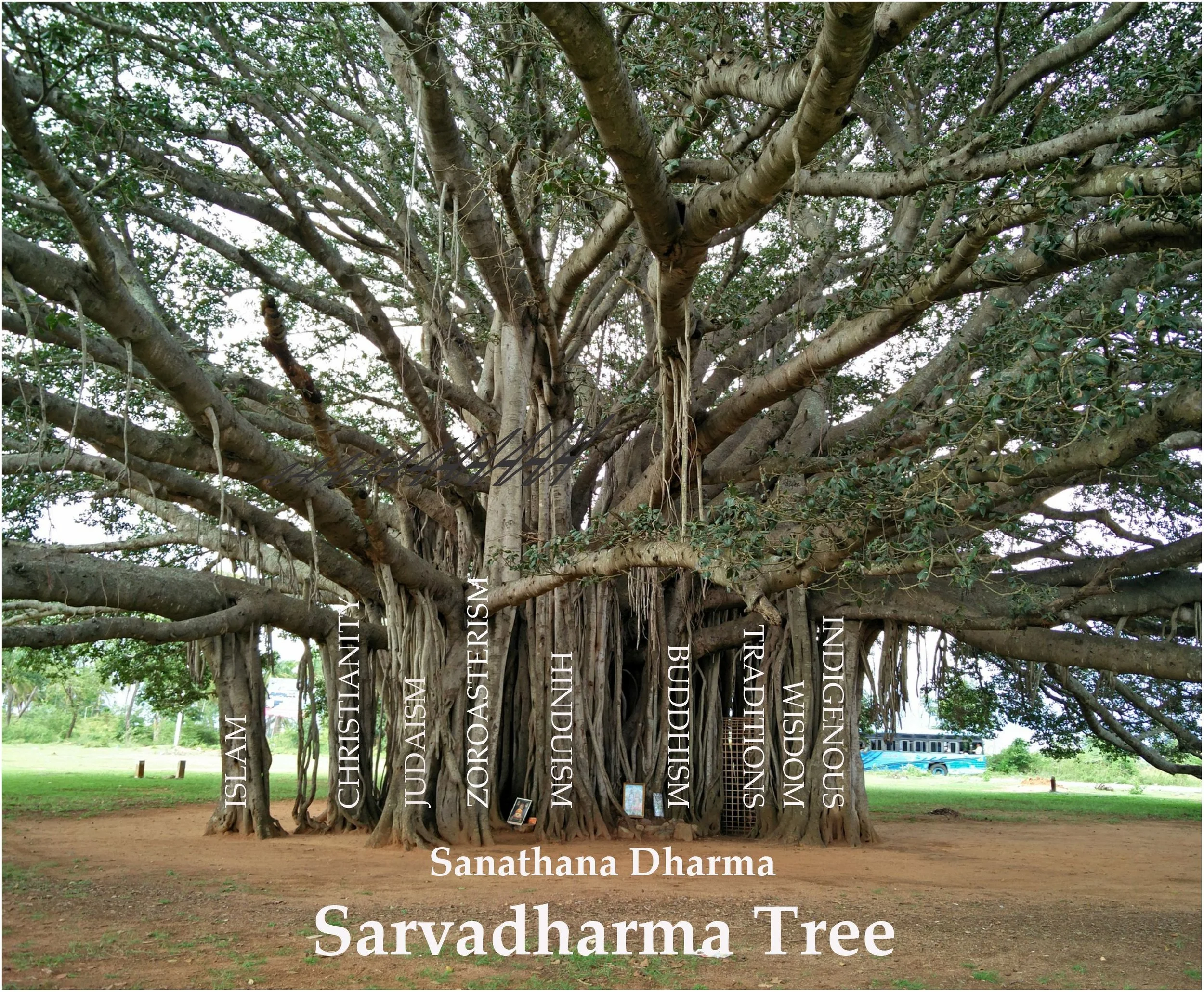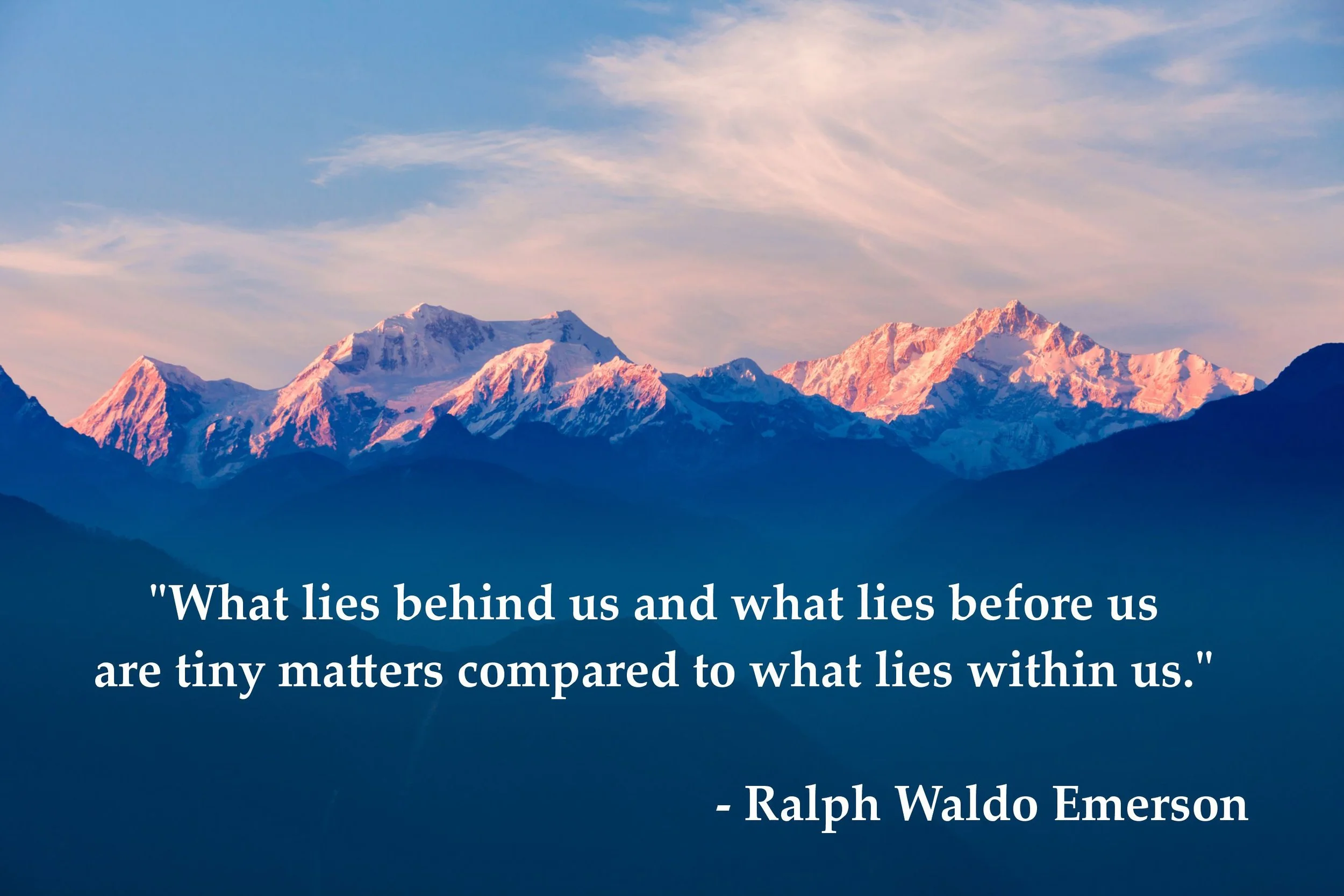PREMA JYOTHI Newsletter of the Prema Trust and Sacred Earth Community – November 2025
People must dedicate themselves to dharma and always be engaged in dharma, so that they may live in peace and the world may enjoy peace. One cannot acquire real peace, nor can one win the grace of the Lord, through any means other than the dharmic life. Dharma is the foundation for the welfare of humanity; it is the truth that is stable for all time. When dharma fails to transmute human life, the world is afflicted by agony and fear and tormented by stormy revolutions. When the effulgence of dharma fails to illumine human relationships, humanity is shrouded in the night of sorrow. Sathya Sai Baba
Kia Ora Koutou. The fourth value presented in this series is the value that is perhaps, the most difficult to apply to our lives, as it involves deep reflection of our ethical and spiritual alignment and translating this into our thoughts, speech and actions.
Dharma has often been compared to the Golden Rule. The Golden Rule is a moral principle advising people to treat others as you and they would want to be treated. It's a concept found in various cultures and religions, often phrased as "Do unto others as you would have them do unto you". It emphasizes reciprocity and empathy as the foundation for ethical behaviour. There is also something called the ‘silver rule’, which states “do nothing to others you would not have done to you.”
What a universal application of this concept could potentially bring about is societal and world peace, or at least, a society based around reciprocal understanding. However, a rule (even the Golden Rule) is something that is imposed from outside the individual. Dharma, in its purest sense, is something that arises from within individuals, and collectively translates into a peaceful, ethical and loving functioning of society, provided there are enough individuals who align to their personal and collective dharmic way of life.
Defining Dharma
“How is the word dharma derived? It comes from the root ‘dhrit’, which means to uphold or sustain. Dharayati iti dharma (that which sustains is dharma). Dharma is therefore that which supports everything. The entire world is sustained by dharma. Dharma binds the entire universe into a unified whole and rules it.” Sathya Sai
The word Dharma (a Sanskrit word) cannot be replaced by a one-word equivalent. To understand dharma, we need to consider the whole of creation, for creation is founded upon and, as Sai tells us, sustained through dharma.
It is useful to deal with what dharma isn’t, in terms of the words usually ascribed to its meaning. It isn’t religion. Although it is often equated with Hinduism, but that is an incorrect interpretation. Hinduism arose out of Vedic society, but the rituals, cultural practices and social structure that we see in modern Hinduism, are not a complete alignment with Vedic understanding, despite the thread of Vedic knowledge that runs through the practice of Hinduism today. Whereas Vedic knowledge is rooted in dharma, the practice of Hinduism is shaped by structures that have imposed strictures in Indian society that are not fully in accordance with the wisdom of the rishis who expounded Vedic understanding. Dharma emerged from the rich inner life and wisdom of those Rishis, and is an expression of the highest truth of unity. Religion, as a whole, is often a divisive influence upon society, whereas the Rishis sought to unite all peoples under the principle of Oneness. Religions usually develop from great teachings but get bound up in their own practices that don’t always relate to those teachings.
Dharma is not righteousness, a word that is often used as a synonym for dharma. The word righteous connotes do’s and don’ts and strict adherence to a code of behaviour. That is not dharma, for dharma emerges from within and is not imposed from without, although there is an aspect of dharma that applies to doing the right thing (with an alignment of the heart to the golden rule).
Dharma isn’t a social norm. It is personal, and an expression of our relationship with the Divine within us. For instance, a group of people (i.e. a society) may see a particular behaviour as a ‘sin’. Therefore, that behaviour is proscribed. That is not dharma, that is a societal rule.
Now that we have explored some of the ways that are not dharma, the question remains – What is Dharma? It is useful to start with looking at the word itself.
The Monier Williams Sanskrit dictionary has at least thirty entries for the word dharma, and multiple more for words that include dharma in them. There is a phrase that could be used to sum up many of the definitions, and that is established order.
This does not necessarily relate to laws or regulations, but rather an established set of principles that the universe operates by. Here we begin to sink into deep philosophies and even cosmological theories. But we can keep it simple.
The two major facets of dharma
Personal:
Dharma is responding to ‘the need of the hour’. When we are faced with a situation, how do we respond appropriately, for in many situations, we don’t. Previously in these newsletters, I have talked about taking a pause before acting or speaking. It is in that pause that we begin to align with dharma – the right response to life’s circumstances. If we don’t take the pause, we find ourselves in reactive mode, and the consequences can harm others or make a difficult situation worse.
Societal:
Certain norms or rules of society have a long history of allowing humans to live in ordered harmony. These rules have arisen from what can be called the cosmic order, the cosmic harmony, which is also termed sanathana dharma (the eternal wisdom or understanding). Interestingly, quantum physics and cosmologists describe a singularity from which the universe is born. It may be possible that this singularity imbues the cosmos with a type of harmonious underpinning that gives rise to what could be termed dharmic behaviour of the galaxies, stars, planets and nebulae. It is also possible that the so-called dark energy that pervades the universe helps to manifest and maintain this order. However, that is speculation, but still intriguing to contemplate.
Reaction Reflection and Resound
“Everything is reaction, reflection, and resound of one's own inner being. Every word we utter is the resound of the inner being. Reflection is that which is contemplated upon, experienced, and put into practice. The third aspect, reaction is, however, very important. Reaction comes out of action. Hence, our actions must always be pure and sacred.” Sathya Sai
Without a degree of understanding of any situation, we simply react, Reactivity is a widespread phenomenon that is often seen on the big stage of politics, as well as in personal life.
It shows that we are no longer in control and that we are simply governed by our emotions. In these days of constant social media pressure reactivity is often seen.
The pause that we take prior to responding to another, allows for reflection. Otherwise, we are simply reacting to what comes to us. Sai also tells us that, if we undertake good actions, in accordance with dharmic principles, our reaction (we could say response) would have pure motivation reflecting our own heart. Reflection is a powerful principle. Without reflection, we simply react to life. With reflection, our words and actions become wise and measured.
The resound is the inner response, which is the result of our thoughts, words and actions. With deep reflection, the resound become aligned with our own swadharma (self-dharma) and our inner spiritual being begins to blossom. Meditative practices help to foster positive responses to life, as we begin to detach ourselves from our tendencies.
If we begin to approach life in a positive manner and grow our inner sense of who we really are, we become less reactive, more reflective and develop inner calm, our sense of alignment with the dharma that can guide us to better choices and more peace in our lives grows exponentially. Our lives become fulfilled as we fulfil our true purpose, our reason to be alive on this planet in this time.
Sanathana Dharma – the ground of Dharma
There is a concept in Vedanta known as Santhana Dharma. Satha Sai explains the essence of this concept beautifully.
“Sanathana Dharma is the very basis of living. It deals with the total personality. It embraces all faiths and has established worldwide influence. Sanathana means Eternal. Only a Dharma (code of righteousness) which can win Universal acceptance can be named Sanathana. The religions we know are all derived from a person or prophet who is adored as the ideal. Islam has Muhammad, Christianity has Jesus, Buddhism has the Buddha. But Sanathana Dharma is not derived from or through a person. It is the primal essence of all faiths. It is the essence of all the messages the prophets proclaimed. It is welcomed by all mankind, for it welcomes all humankind.”
If we consider the Banyan tree in the image above, it appears to be a conglomeration of tree trunks. It looks as if many trees have come together and decided to share their life. However, a Banyan arises from a single truck, rooted in the soil. It grows up and spreads its branches. The branch then sends down an aerial root, which plants itself into the soil and becomes a separate trunk, still joined to the one tree. The tree is called Nigrodha – many footed, in Sanskrit. The trunks are many, but the tree is One. So too the world’s religions have developed. As Sai states, all but Hinduism (and perhaps the indigenous wisdom traditions) have arisen from the teachings of one person. But that person was able to attune themselves to the truth behind the multiple facets of life – the Santhana Dharma. From this soil, these universal truths, arise the sarva dharma traditions or faiths.
Whilst the core of the religions remains the same – the universal Sanathana Dharma – the ‘cloaks’ of the religions have differed widely. (By ‘cloaks’ I mean the dogma, rituals and practices.) Often these ‘cloaks’ cover over the essential truth behind the religion. It is often stated that ‘Jesus was not a Christian’, ‘Buddha was not a Buddhist’, ‘Mohammed was not a Muslim’, ‘Abraham was not a Jew’, etc. When the writings of each faith are pared back to the words of the individual prophet from whom the religion was born, we see alignment with the eternal wisdom, the Sanathana Dharma. Potentially there is one way to assess the teachings and practices of the religion: Are they inclusive? Do they allow for differing perspectives? Do they lead to a more enlightened way of living?
What is my personal Dharma?
Here we reach the practical aspect of the Dharma – how to translate this eternal wisdom into my life. Some potential pointers:
1. Develop a daily practice of meditation, and/or yoga. The contemplative nature of these activities allows us a to connect with our own inner wisdom, our own dharma so that we can express this dharma in our lives in a unique and personal way.
2. Develop the art of listening. Often when others are expressing their views, our minds are filled with our own agendas. This creates ‘noise’ within the mind and prevents attentive and open-hearted listening to others. There is always something to learn from stopping the mind and listening.
3. Along with active listening, develop the habit of pausing before we react or respond to what life brings to us. This pause allows for our own inner sense of what is the right course (personally and socially) for us to follow. This especially applies to speech. Words are powerful and can be deadly or healing.
4. Always consider another perspective. The world is full of perspectives and the behaviours that arise from those perspectives. Each person has their own view, their own positionality from which they see the world. When we are interacting with others, or even with nature, we can open our hearts to new insights. In this way we can avoid a type of ‘violence’ in our interactions.
5. Let go of the need to fashion the results of your actions according to your own agenda. The Bhagavad Gita (ancient Indian text) advises that we need to act, but not to expect anything from our actions.

